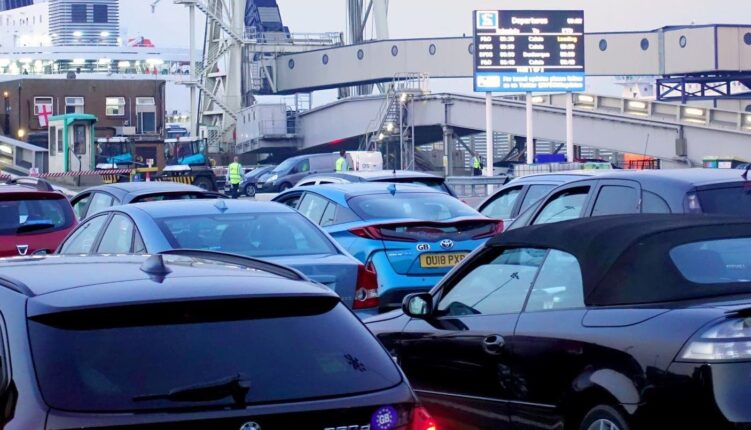Automobiles: Car Hire – Is it easy to hire a car at the airport?
If you are flying to Geneva airport and wish to hire a car, then you will find all of the main car rental companies on the arrivals level of Main Terminal (T1). However, be aware that Geneva airport has two sides to it – the Swiss sector and the French side – as this will determine where you go to collect and drop off your car.
You will probably notice a difference in price between the two sides, but rental cars from the Swiss sector all come with a vignette included (an obligatory “paid for” windscreen sticker which is required for motorway travel in Switzerland). The Swiss side is also easier to find when it comes to dropping off your car at the end of your stay and in winter time, most Swiss rental cars are fitted with winter tyres as standard. It is not normally a problem to drive a Swiss rental car into France, but double check that when making your booking and let the counter staff know when you go pick up the vehicle to be sure you have all the necessary insurance cover and documentation.
We strongly recommend that you book your car hire in advance, particularly during busy periods of the season when demand is very high. For info, Europcar also has an office in Chamonix centre, right opposite the main SNCF railway station.
Bringing your own car: Is it worth self-driving to Chamonix?
Having your own car with you on holiday does give you the ultimate flexibility to explore the area at your will. You can avoid the restrictive luggage limitations of flights, not worry about keeping to timetables if something interesting catches your eye en route, and you can fill up your boot with some delicious French treats to prolong that holiday feeling once you are back home.
However, driving in France is not cheap and the majority of French motorways are toll-paying, with prices depending on your vehicle type and how far you have travelled within the various toll zones. Swiss motorways are also toll-paying, but instead of paying at regular intervals throughout your journey, you are required to purchase a “vignette”, a sticker placed in your windscreen that is valid for the year. Vignettes can be purchased at all border points or at service stations within the immediate vicinity of the Swiss frontier.
There are also certain rules and regulations for driving in France that you should be aware of before coming out in your own car. You can find a very comprehensive guide to European driving regulations on theAA.com website , but apart from the obvious driving on the right-hand side of the road, here are some of the key points to familiarise yourself with before setting off:
Documentation: you should carry with you your full valid driving licence, an International Driving Permit (UK licence holders), your vehicle registration documents, your motor insurance certificate and your passport.
By law, all vehicles must be equipped with a warning triangle and a reflective jacket (per passenger) for use in the event of a breakdown. These should be kept within easy reach of the driver so that you can put them on before getting out of the car.
Right-hand drive vehicles should also be fitted with headlight adjuster stickers if your headlight beams cannot be manually adjusted.
Low Emission Zones: many european cities (Paris, Strasbourg, Lyon, Grenoble…) have introduced a legal requirement whereby vehicles must display their emission levels in the form of a multi-category window sticker. The least polluting vehicles are afforded preferential access and parking, but older vehicles may be completely forbidden from certain areas and hefty fines are applied. If you are planning on visiting any of these cities en route then be sure to get your Crit’Air sticker in advance.
Winter equipment: the mountains in winter pose all sorts of additional driving challenges and we strongly recommend that you fit your car with winter tyres before coming out. At the very least you should carry snow chains in your vehicle (and know how to fit them!), as you may be refused access to certain roads by the local police. Some parts of the valley (specifically Argentiere/Le Tour and the upper part of Les Houches) can become inaccessible when it snows without the appropriate winter equipment.
Car Parking
Parking can sometimes be tricky in Chamonix, especially during high season and specifically in wintertime, when accumulations of snow can greatly reduce the number of public parking spaces available. However, there are several indoor and outdoor public car parks throughout the town, the majority of which are paying, but you can get reduced rates on weekly parking passes with your Guest Card (Carte d’Hôte) that we will give you on arrival. There are also large car parks at each of the main lift stations in the valley (some free, some paying), but we would always encourage guests to use the local transport system, wherever possible, when going to and from the slopes.

